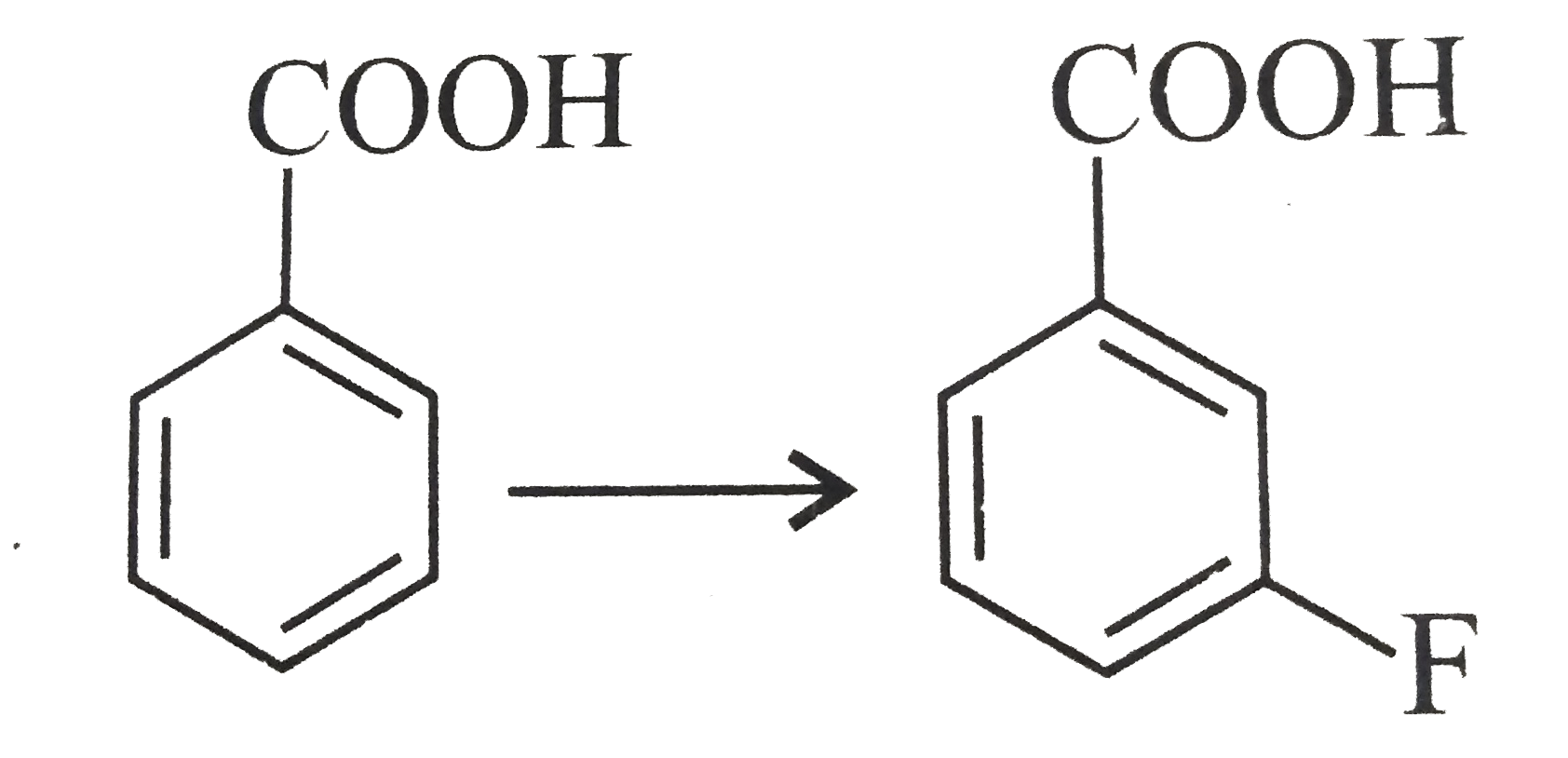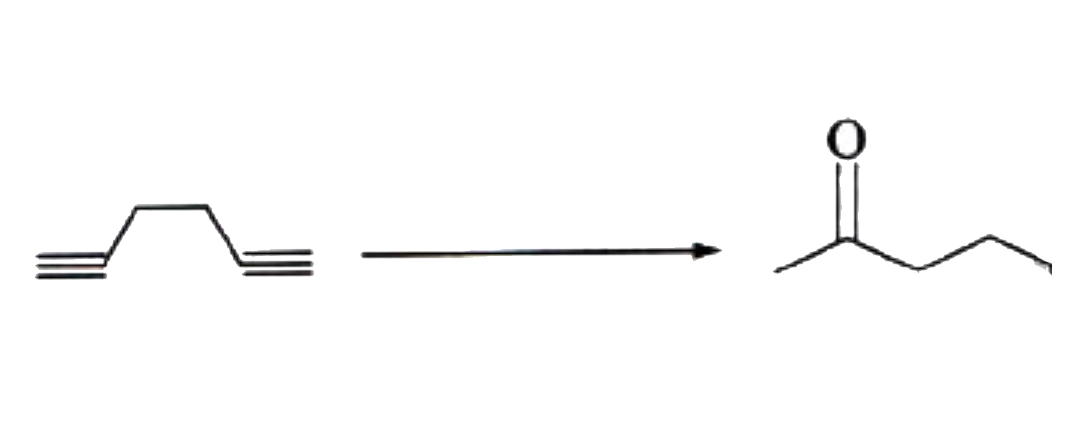In what manner the following transformation might be carried out (in not more than six steps) ? 'Benzaldehyde to cyanobenzene'
To convert benzaldehyde to cyanobenzene in not more than six steps, we can follow the outlined synthetic pathway. Here’s a step-by-step breakdown of the process:
1. Oxidation of Benzaldehyde to Benzoic Acid:
- Reagents: Use potassium permanganate (KMnO4) as the oxidizing agent.
- Reaction: Benzaldehyde (C6H5CHO) is oxidized to benzoic acid (C6H5COOH).
- Equation: C6H5CHO + (O) → C6H5COOH
2. Conversion of Benzoic Acid to Benzoyl Chloride:
- Reagents: React benzoic acid with thionyl chloride (SOCl2).
- Reaction: This converts benzoic acid to benzoyl chloride (C6H5COCl).
- Equation: C6H5COOH + SOCl2 → C6H5COCl + SO2 + HCl
3. Formation of Benzamide:
- Reagents: Treat benzoyl chloride with ammonia (NH3).
- Reaction: This results in the formation of benzamide (C6H5CONH2).
- Equation: C6H5COCl + NH3 → C6H5CONH2 + HCl
4. Conversion of Benzamide to Benzonitrile:
- Reagents: Heat benzamide with phosphorus oxychloride (POCl3).
- Reaction: This converts benzamide to benzonitrile (C6H5CN).
- Equation: C6H5CONH2 + POCl3 → C6H5CN + by-products
5. Final Product:
- The final product is cyanobenzene (benzonitrile), which is represented as C6H5CN.
Summary of Steps:
1. Benzaldehyde → Benzoic Acid (KMnO4)
2. Benzoic Acid → Benzoyl Chloride (SOCl2)
3. Benzoyl Chloride → Benzamide (NH3)
4. Benzamide → Benzonitrile (POCl3)
- Reagents: Use potassium permanganate (KMnO4) as the oxidizing agent.
- Reaction: Benzaldehyde (C6H5CHO) is oxidized to benzoic acid (C6H5COOH).
- Equation: C6H5CHO + (O) → C6H5COOH
- Reagents: React benzoic acid with thionyl chloride (SOCl2).
- Reaction: This converts benzoic acid to benzoyl chloride (C6H5COCl).
- Equation: C6H5COOH + SOCl2 → C6H5COCl + SO2 + HCl
- Reagents: Treat benzoyl chloride with ammonia (NH3).
- Reaction: This results in the formation of benzamide (C6H5CONH2).
- Equation: C6H5COCl + NH3 → C6H5CONH2 + HCl
- Reagents: Heat benzamide with phosphorus oxychloride (POCl3).
- Reaction: This converts benzamide to benzonitrile (C6H5CN).
- Equation: C6H5CONH2 + POCl3 → C6H5CN + by-products
- The final product is cyanobenzene (benzonitrile), which is represented as C6H5CN.
1. Benzaldehyde → Benzoic Acid (KMnO4)
2. Benzoic Acid → Benzoyl Chloride (SOCl2)
3. Benzoyl Chloride → Benzamide (NH3)
4. Benzamide → Benzonitrile (POCl3)
Topper's Solved these Questions
- ALIPHATIC AND AROMATIC ALDEHYDES AND KETONESBOOK - CENGAGE CHEMISTRY ENGLISHCHAPTER - ALIPHATIC AND AROMATIC ALDEHYDES AND KETONESEXERCISE - Archives Linked Comprehension
6 Videos
- ALCOHOL,PHENOL AND ETHERSBOOK - CENGAGE CHEMISTRY ENGLISHCHAPTER - ALCOHOL,PHENOL AND ETHERSEXERCISE - Archives Analytical And Descriptive
15 Videos
- APPENDIX INORGANIC VOLUME 2BOOK - CENGAGE CHEMISTRY ENGLISHCHAPTER - APPENDIX INORGANIC VOLUME 2EXERCISE - Short Answer Type
179 Videos
Similar Questions
Knowledge Check
How is the following transformation best carried out?
 AOsO4,NaHCO3BH2SO4/H2OCHgSO4/H2SO4DHIO4
AOsO4,NaHCO3BH2SO4/H2OCHgSO4/H2SO4DHIO4 Above transformation can be carried out by :AH+/Δzn(Hg),HClBHlO4,LiAlH4CHlO4,H+/ΔDH+/Δ,HiO4
Above transformation can be carried out by :AH+/Δzn(Hg),HClBHlO4,LiAlH4CHlO4,H+/ΔDH+/Δ,HiO4
Conversion of
 ( in not more than four steps )
( in not more than four steps )
View SolutionThe following synthesis can not be carried out by :

View SolutionHow will you bring about the following conversions in not more than two steps?
Benzaldehyde to benzophenone
View SolutionHow will you bring about the following conversions in not more than two steps?
Benzaldehyde to benzophenone
View SolutionHow will you bring about the following conversions in not more than two steps?
Benzaldehyde to benzophenone
View SolutionConvert the following (in not more than three steps):
 .
.
View Solution

